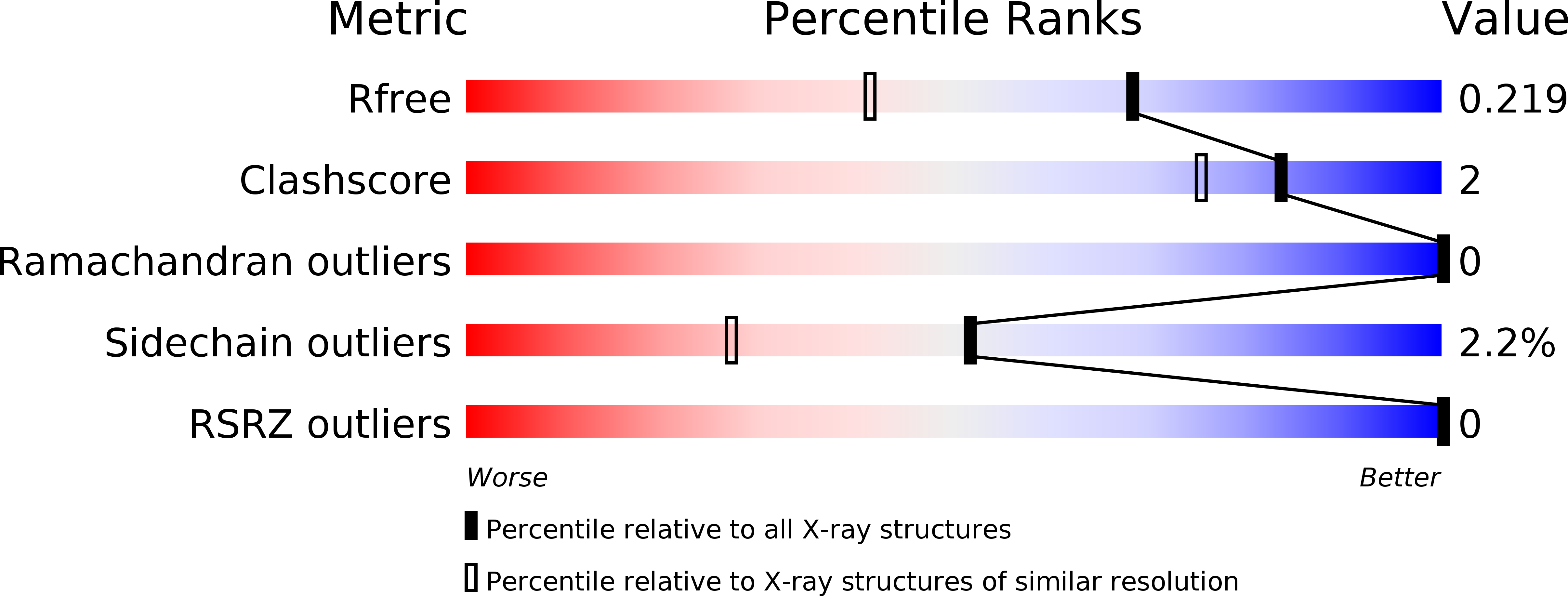
Deposition Date
2015-02-03
Release Date
2015-03-18
Last Version Date
2024-01-10
Method Details:
Experimental Method:
Resolution:
1.65 Å
R-Value Free:
0.21
R-Value Work:
0.16
R-Value Observed:
0.16
Space Group:
P 1 21 1


